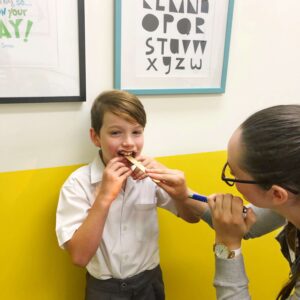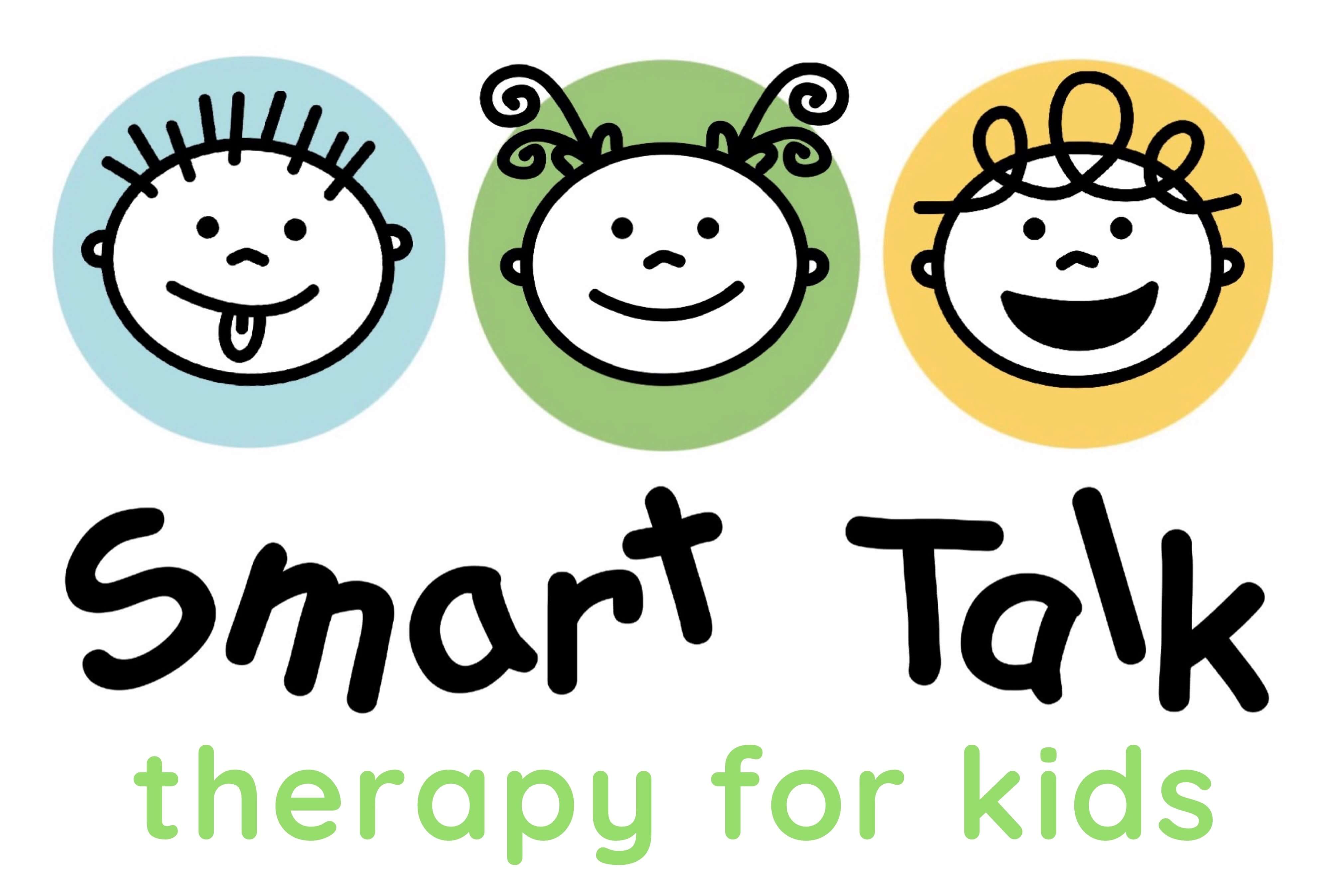Orofacial Myology
 We are excited to now specialise in assessment and intervention for orofacial myofunctional disorders. We believe this is an essential area in paediatric speech pathology as we have found that many children struggling with generalisation of articulation goals (such as lisps) actually present with myofunctional disorders that need to be first assessed and managed.
We are excited to now specialise in assessment and intervention for orofacial myofunctional disorders. We believe this is an essential area in paediatric speech pathology as we have found that many children struggling with generalisation of articulation goals (such as lisps) actually present with myofunctional disorders that need to be first assessed and managed.
What is Orofacial Myology?
Orofacial myology is the science and clinical knowledge of restoring normal and mutual interaction of the orofacial muscle groups (muscles of face and mouth), dentition, and respiration that is the physiological basis of speaking, chewing, and swallowing. It is a program designed to correct orofacial muscle dysfunction and abnormal swallowing patterns. Correct function of oral and facial muscles is paramount for facial development including tooth alignment, jaw shape, and function.
An essential part of a successful orofacial myology program is using an inter-disciplinary approach. Referrals for allergists, ear nose and throat specialists, dentists and orthodontists are often required.
Our Orofacial Myology Therapy Program
Orofacial myology is therapy which deals with changing behaviour and muscle function. Habits are formed over a lifetime. The therapy consists of exercises performed for five minutes, two to three times a day. All muscles respond better to regular and consistent exercise. Appointments are scheduled every two weeks where a proficiency assessment is completed. With cooperation and commitment, a typical course of treatment takes approximately eight visits for children adults depending on their symptoms and conditions.
Our Thumb Sucking Program
The Thumb Sucking Program aims to help parents and children cease the thumb sucking habit and encourage proper facial and orthodontic growth. This primary goal of the program is to establish proper tongue rest position, lip seal and nasal breathing and is based on principles of positive reinforcement to strengthen and shape the desired behaviours. Suitability is assessed in each individual case, provided the maturity, understanding and desire is present. This program is only appropriate for children who present with clinically significant sucking (sucking that extends beyond three years of age). The program typically can start from the age of 4 years old.

